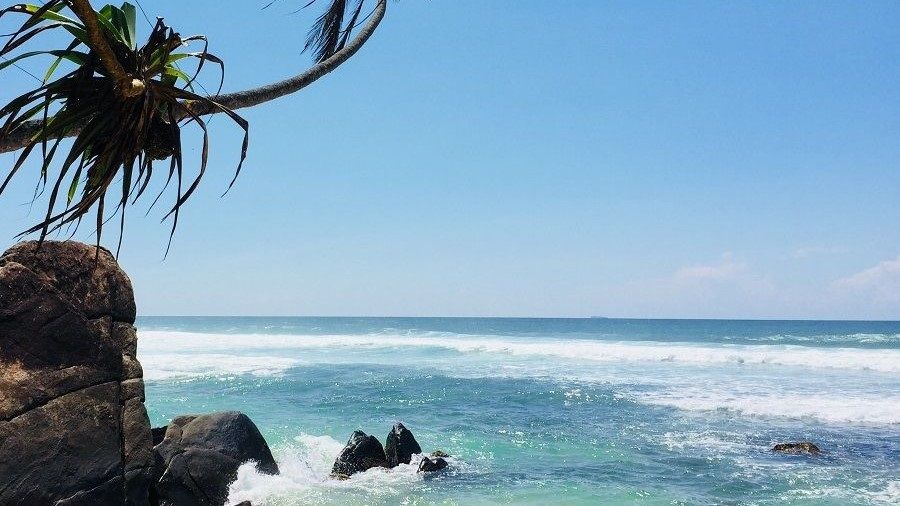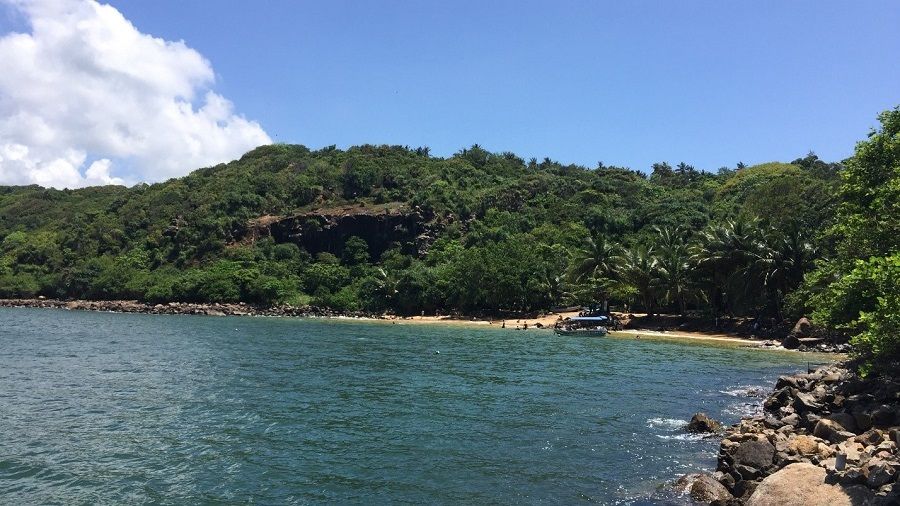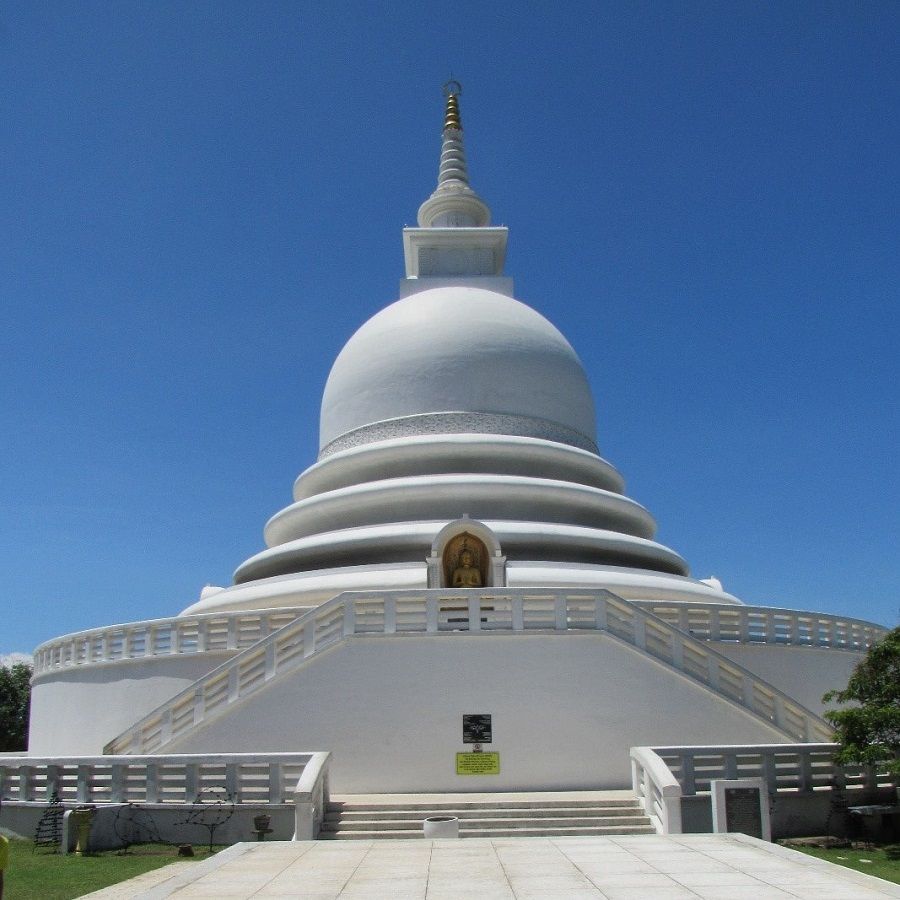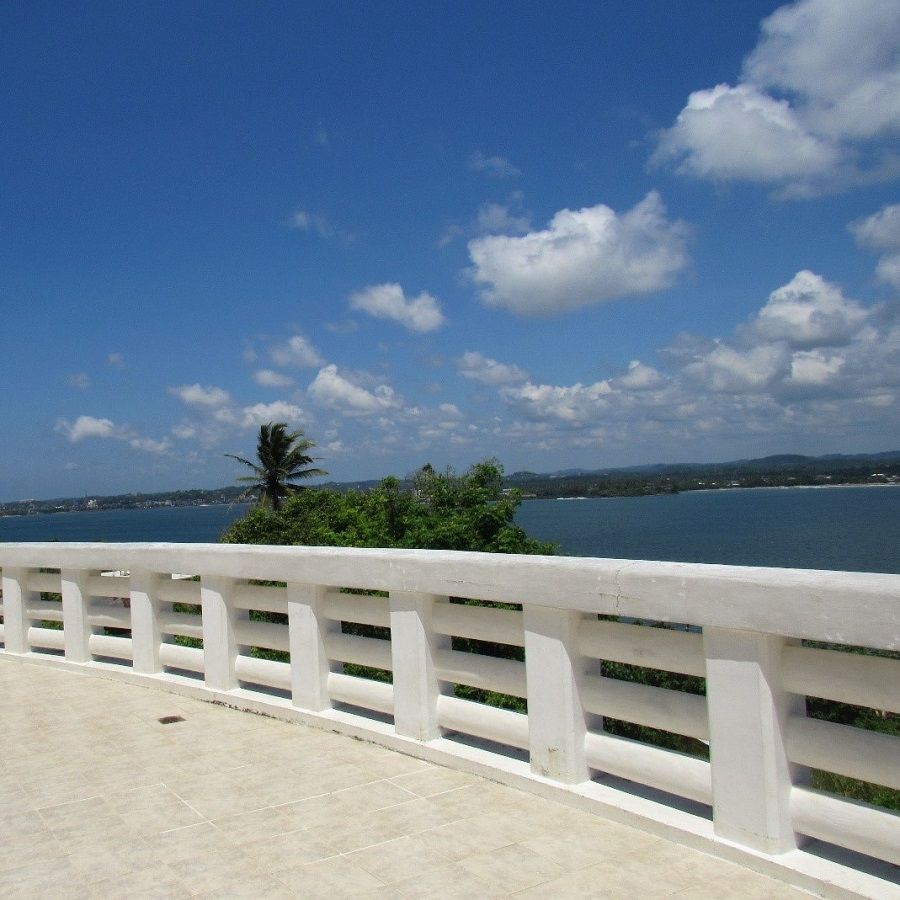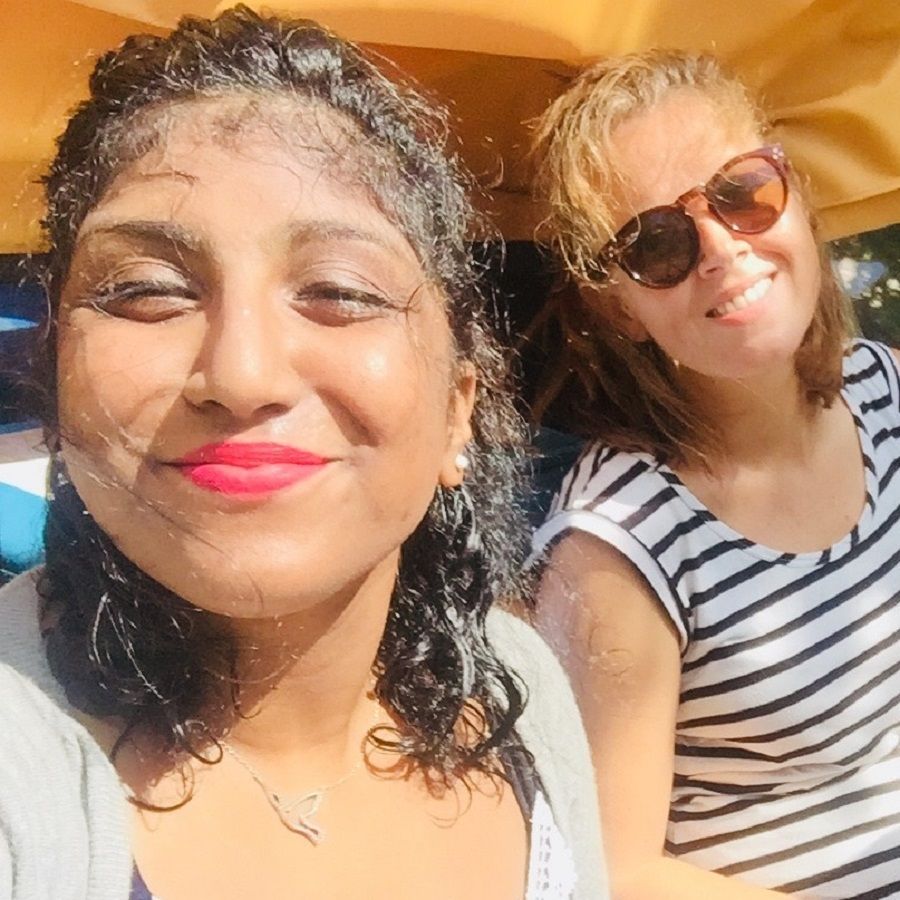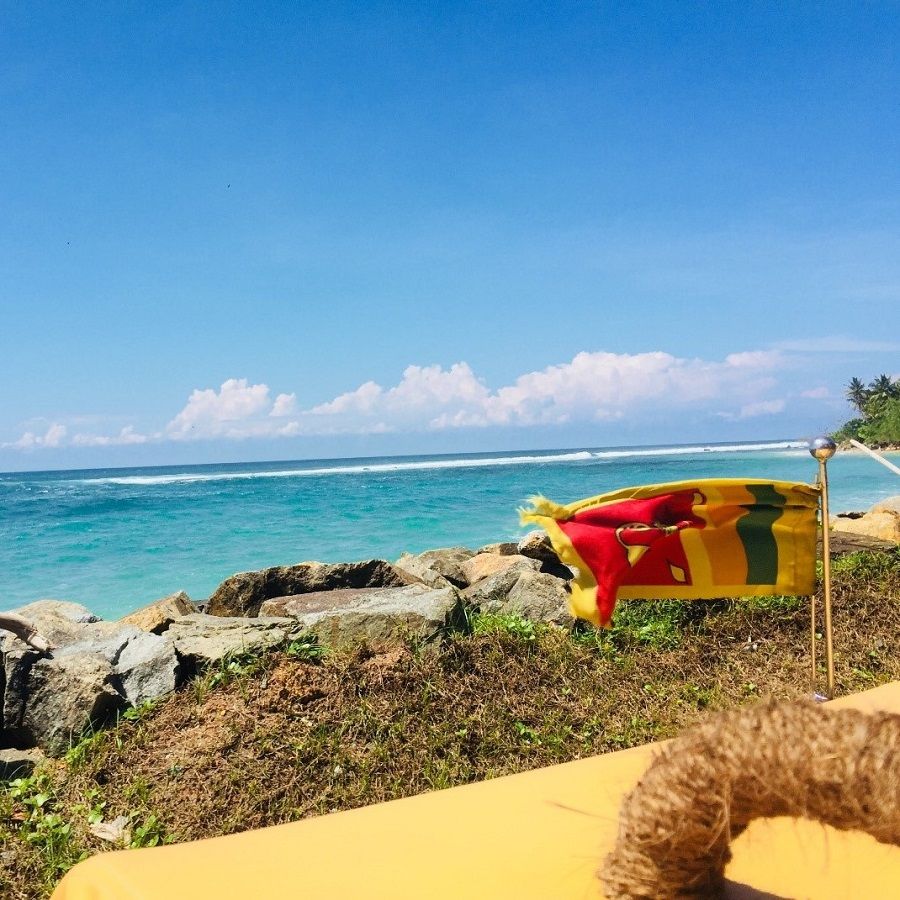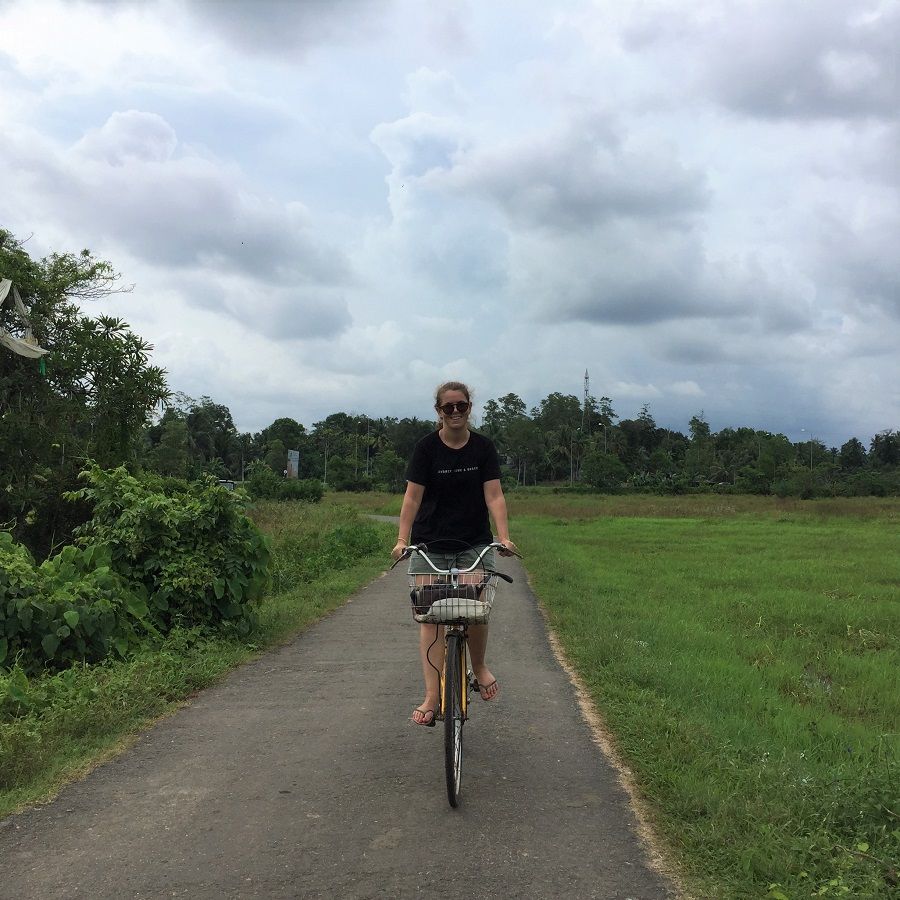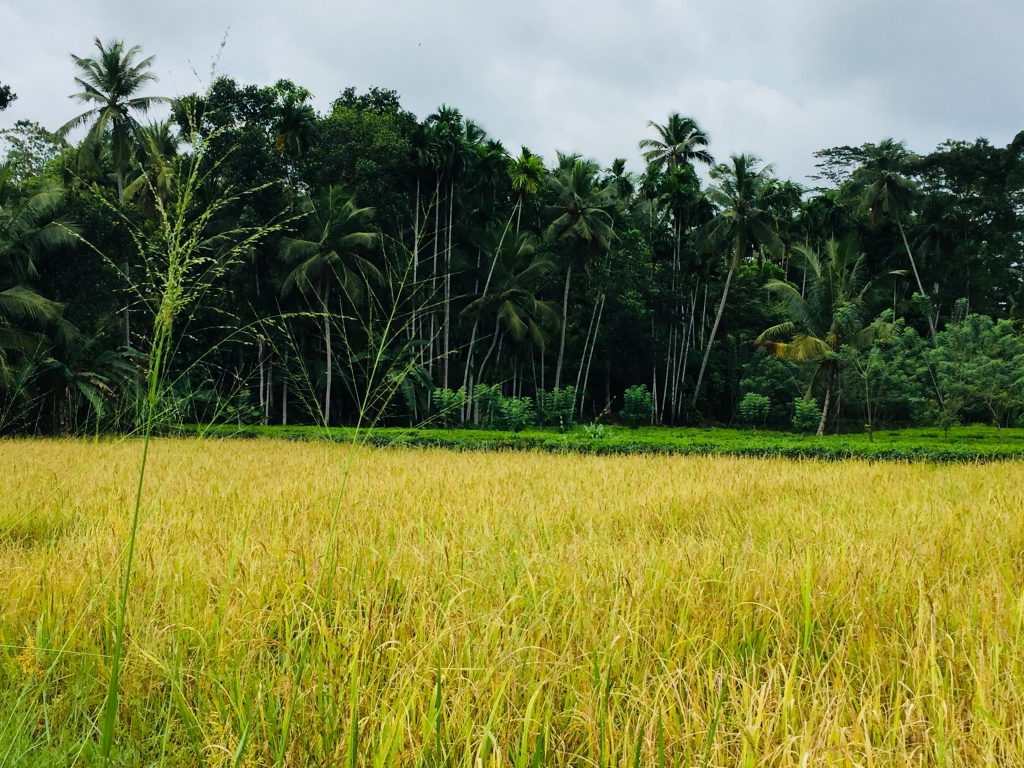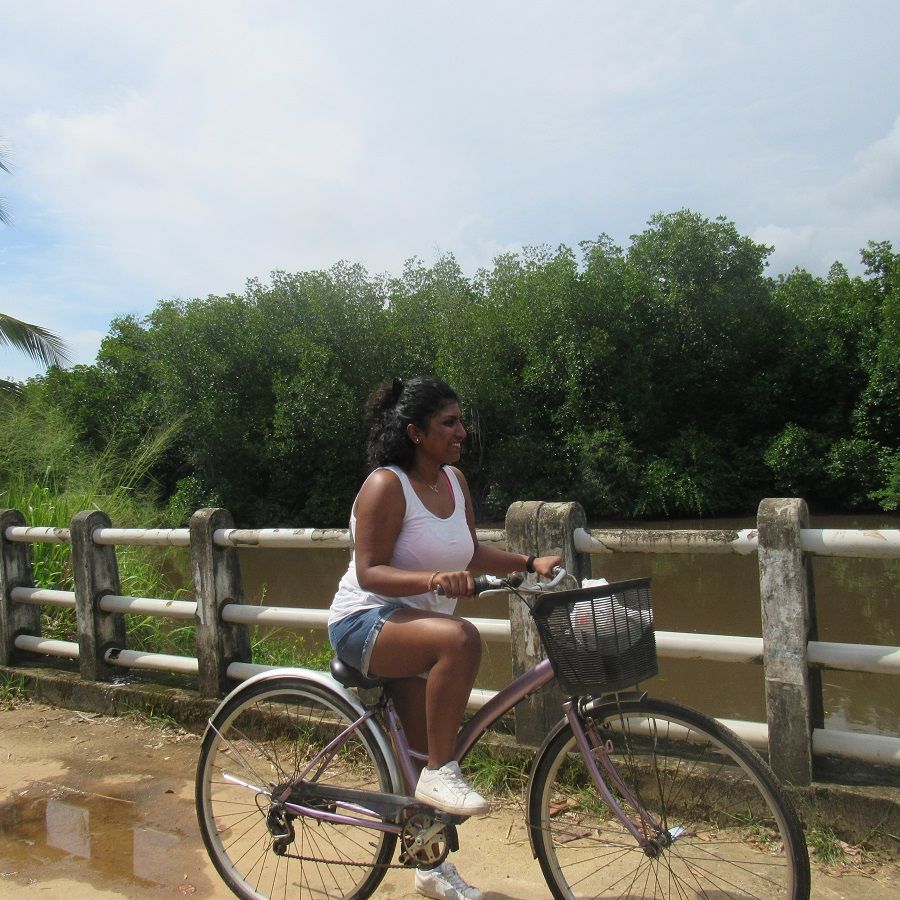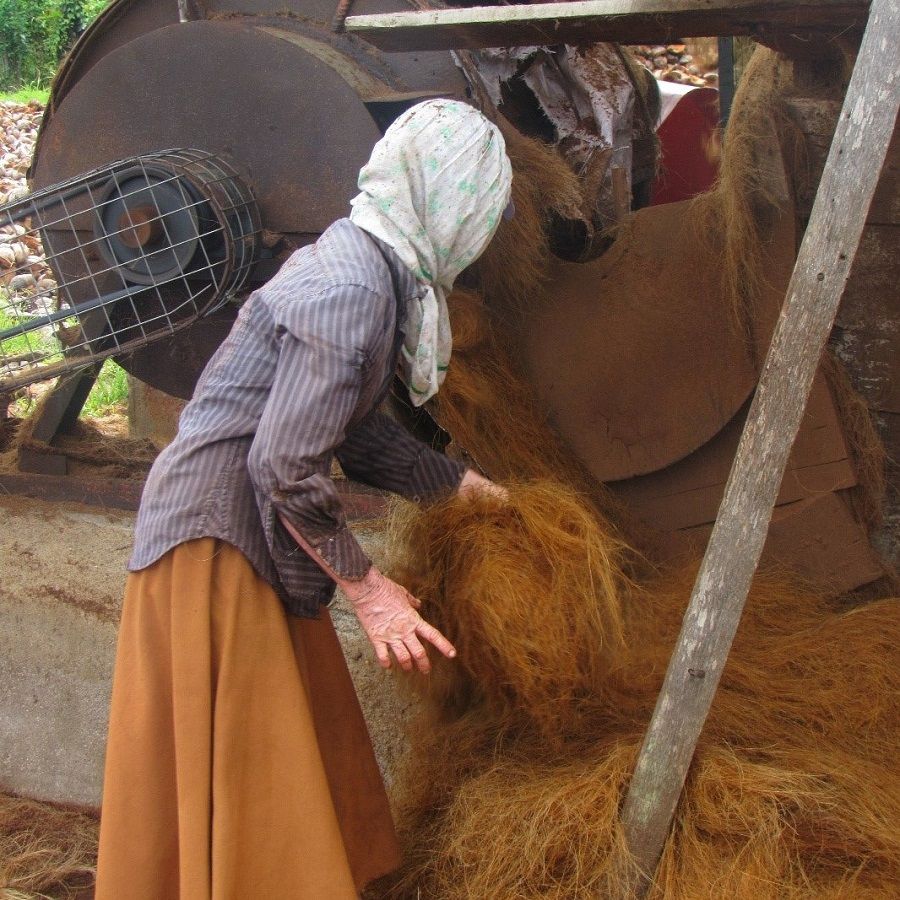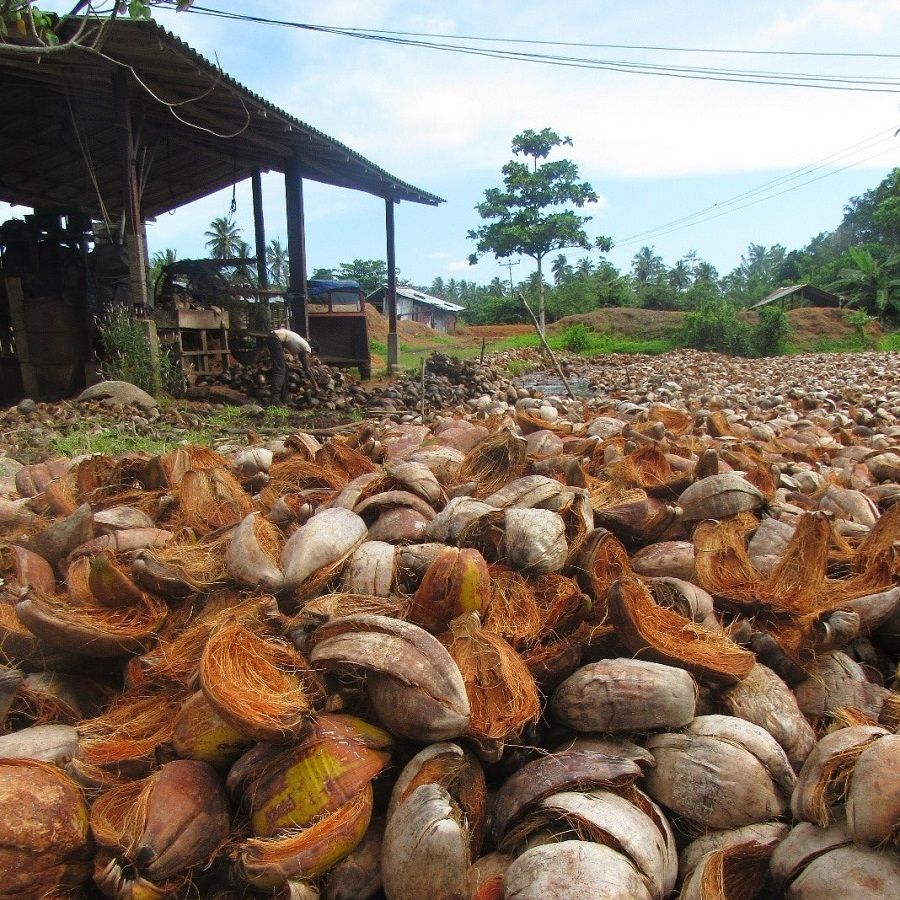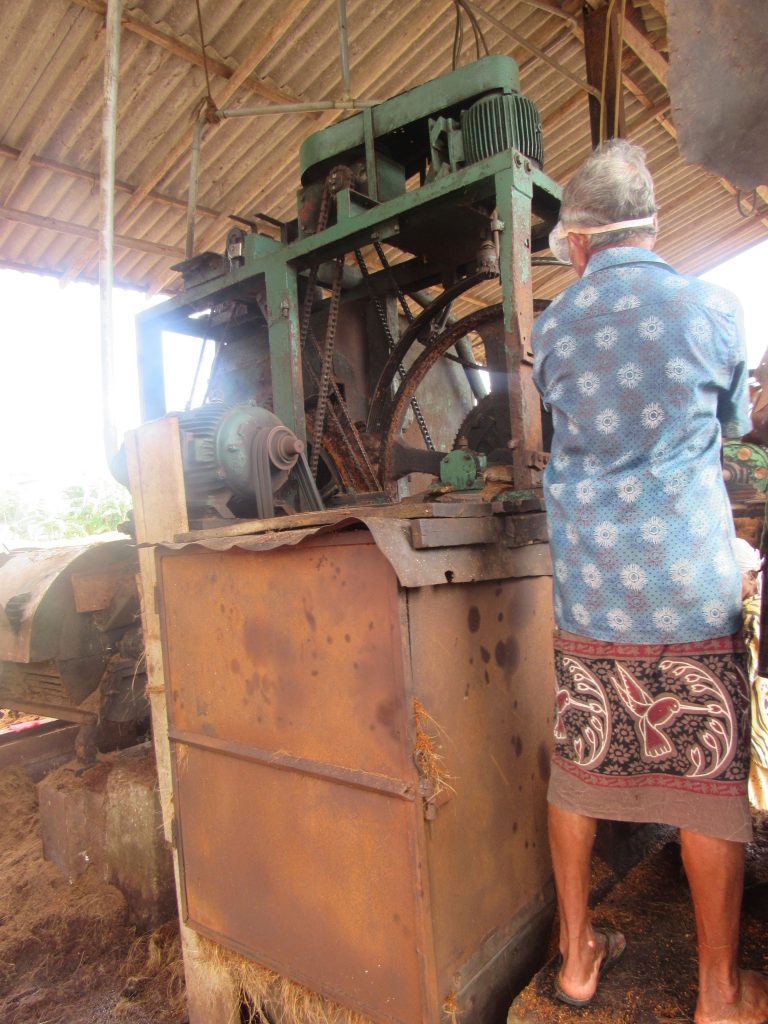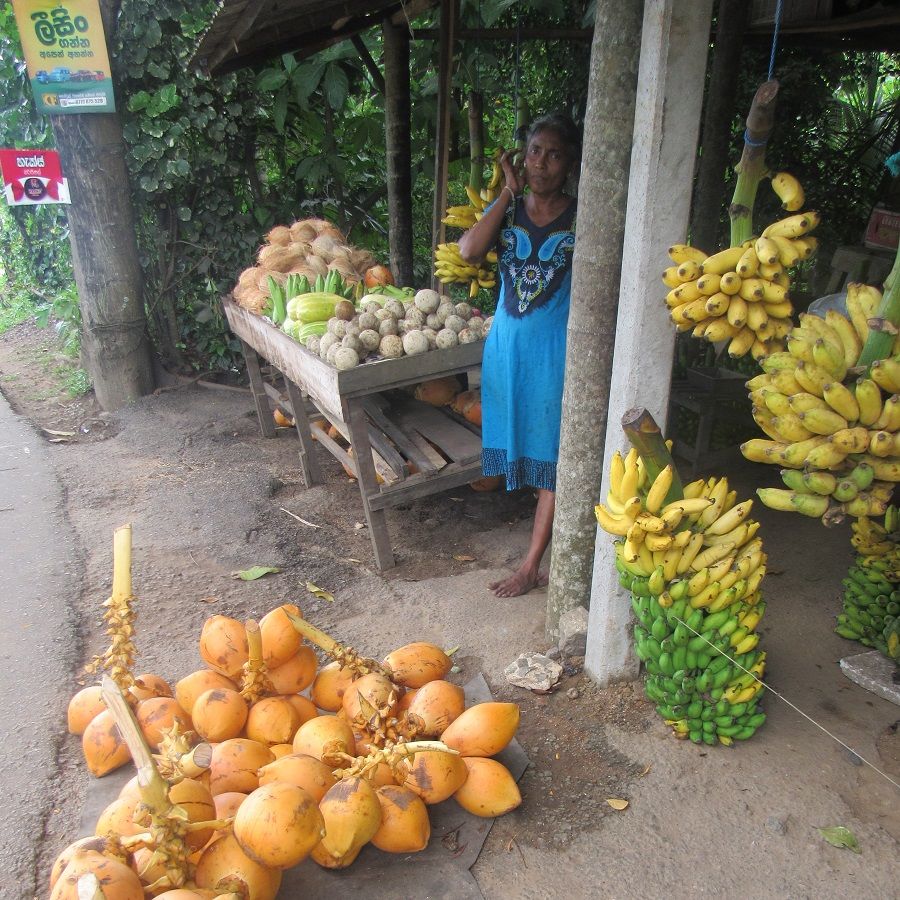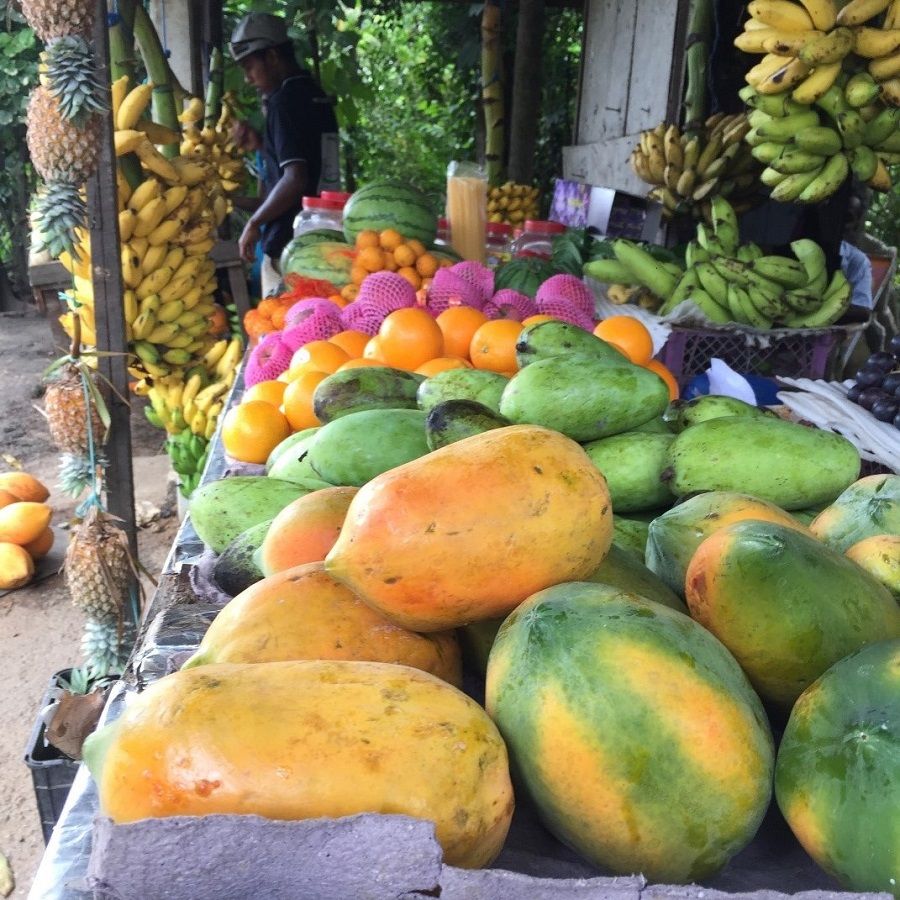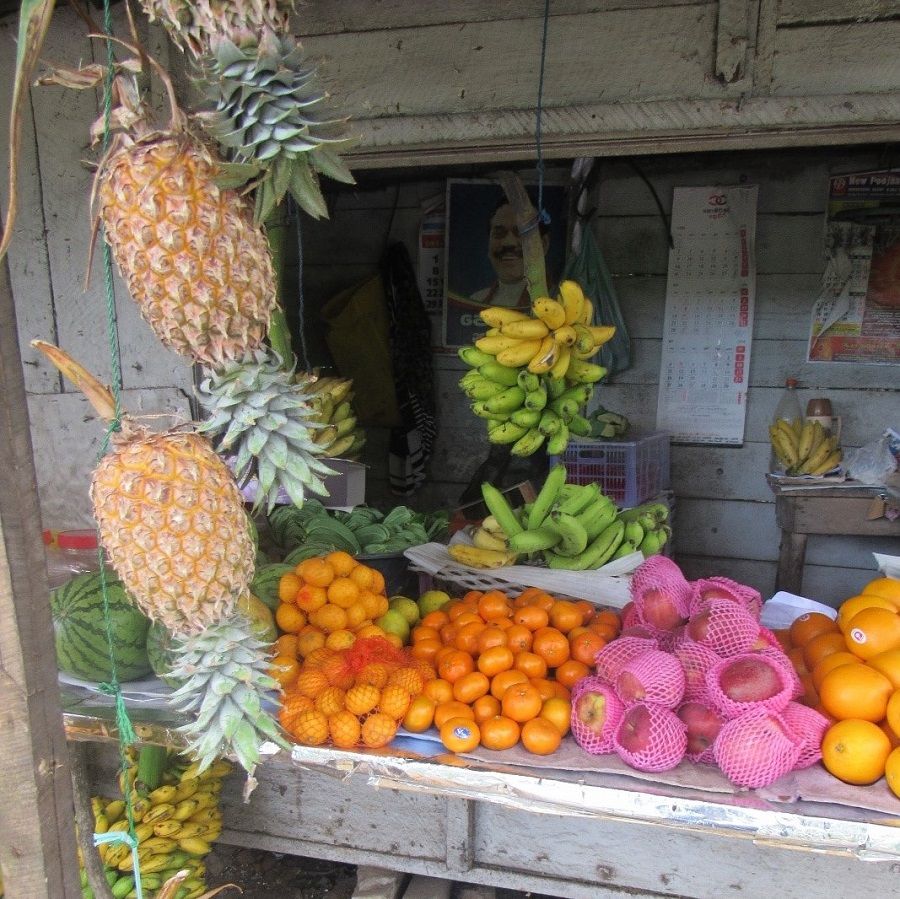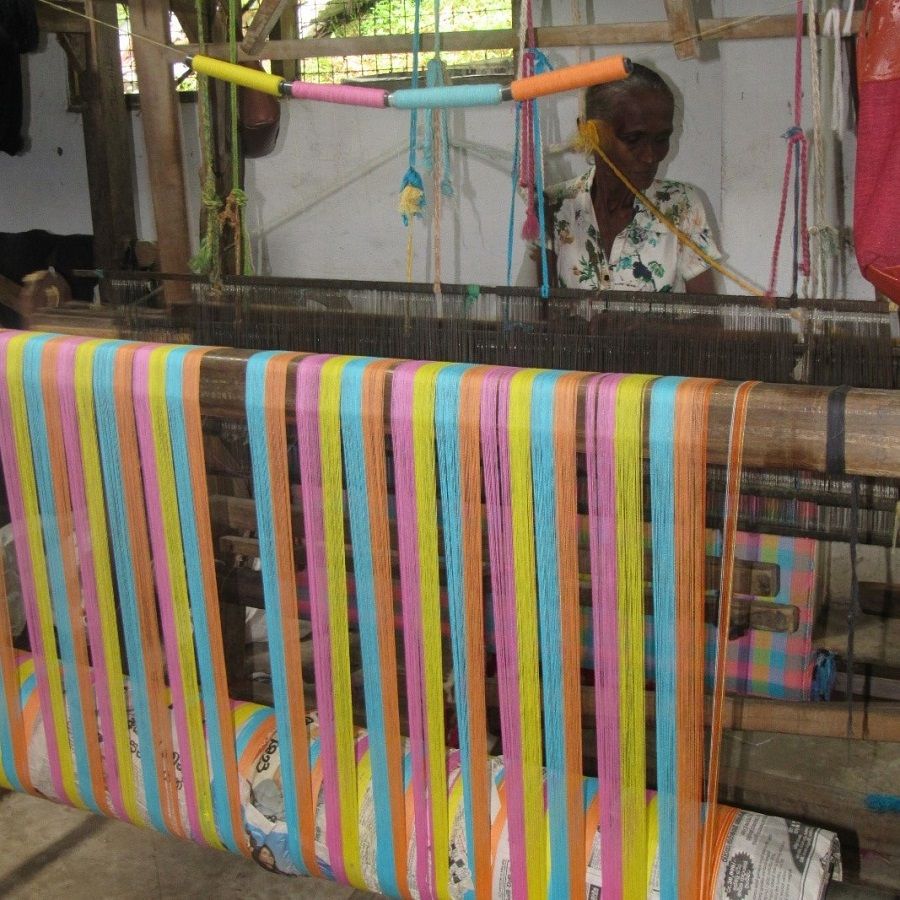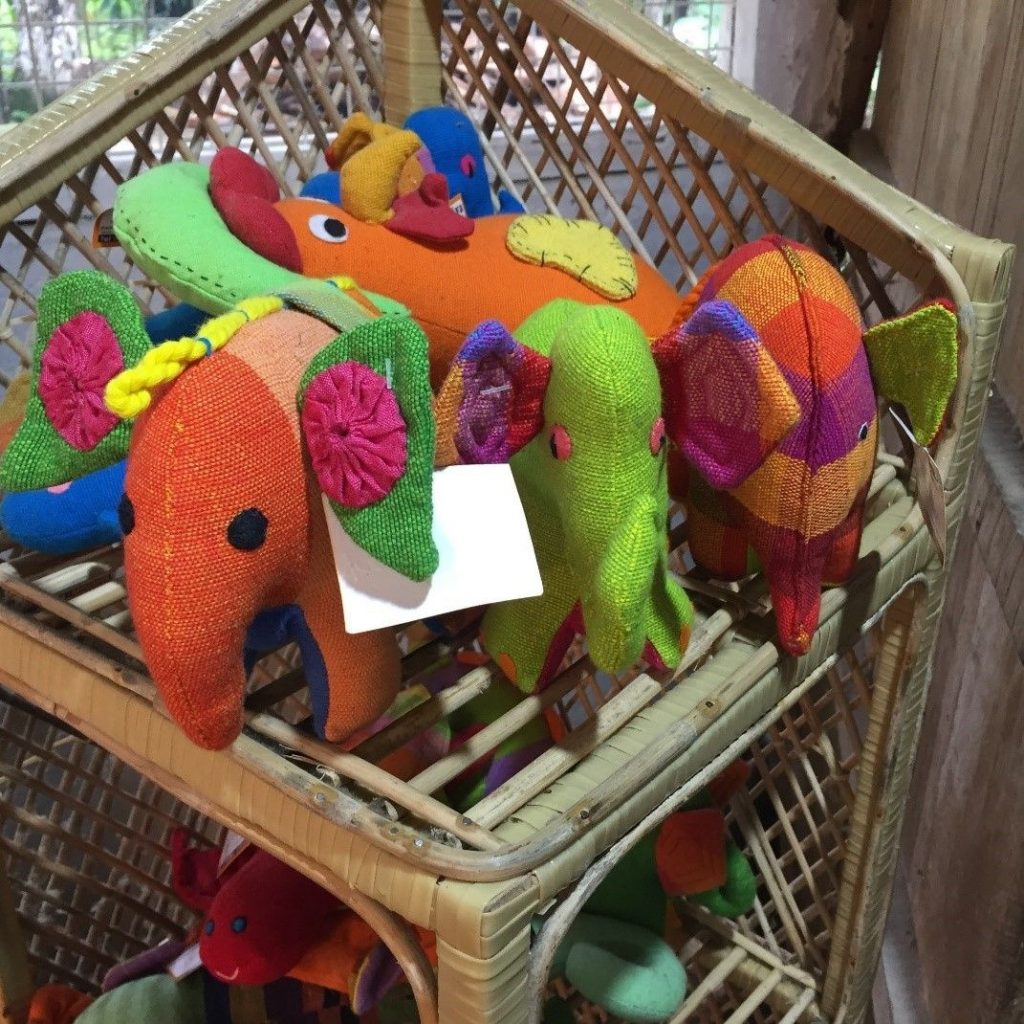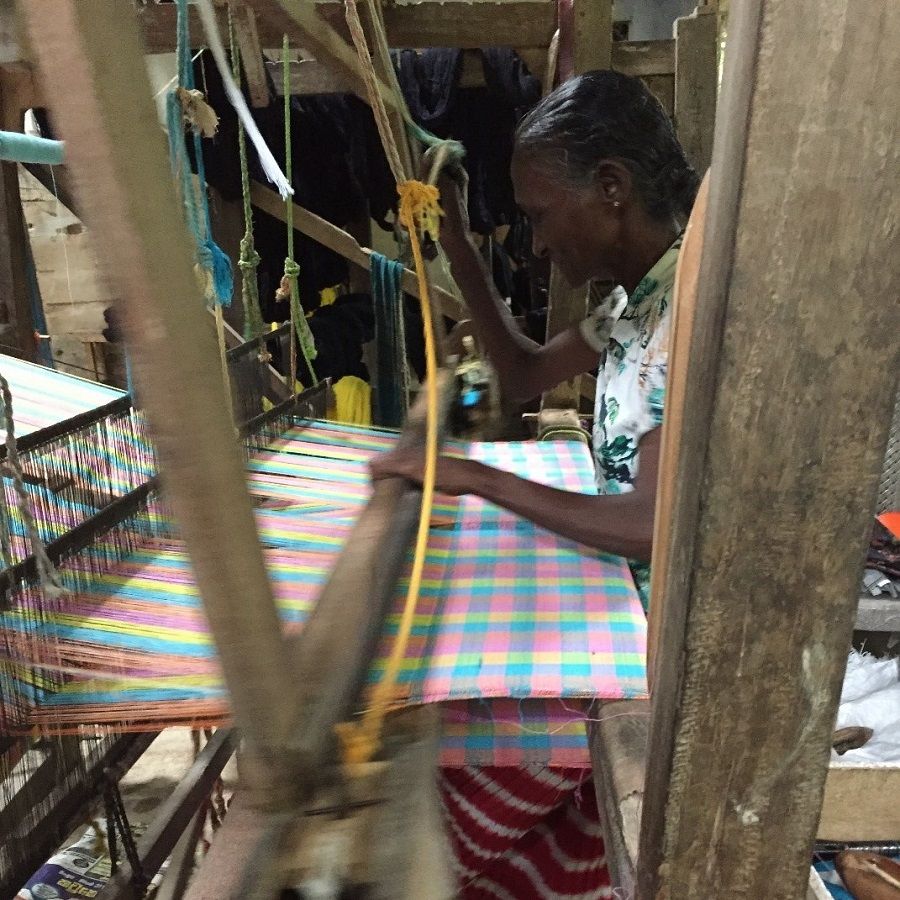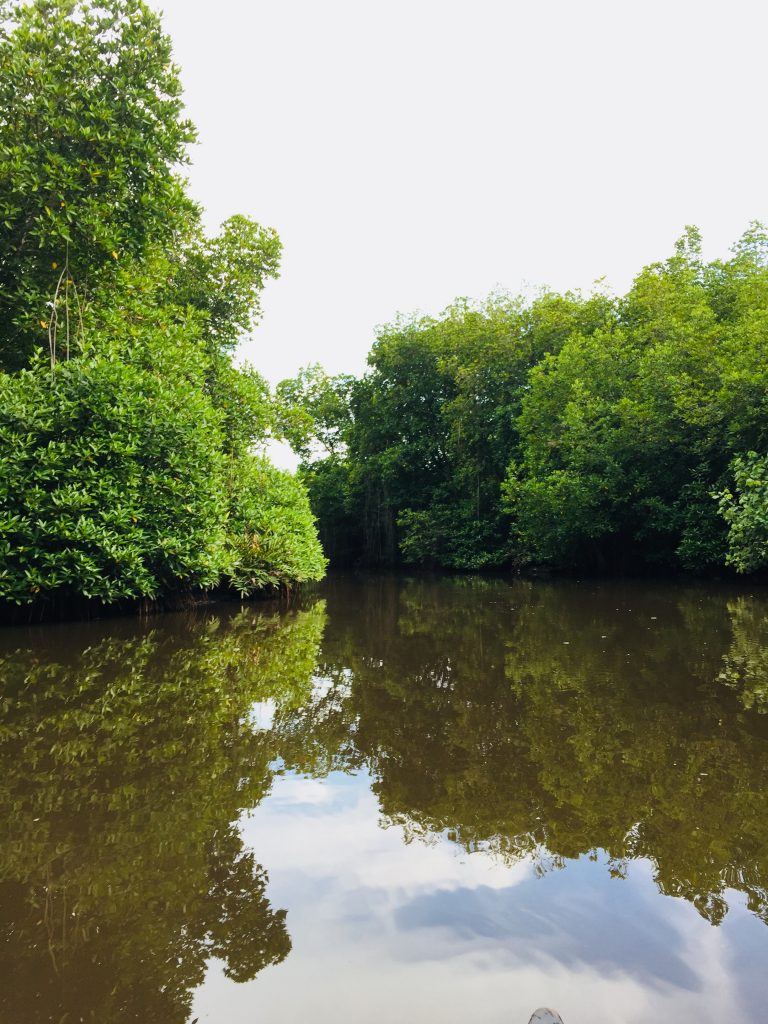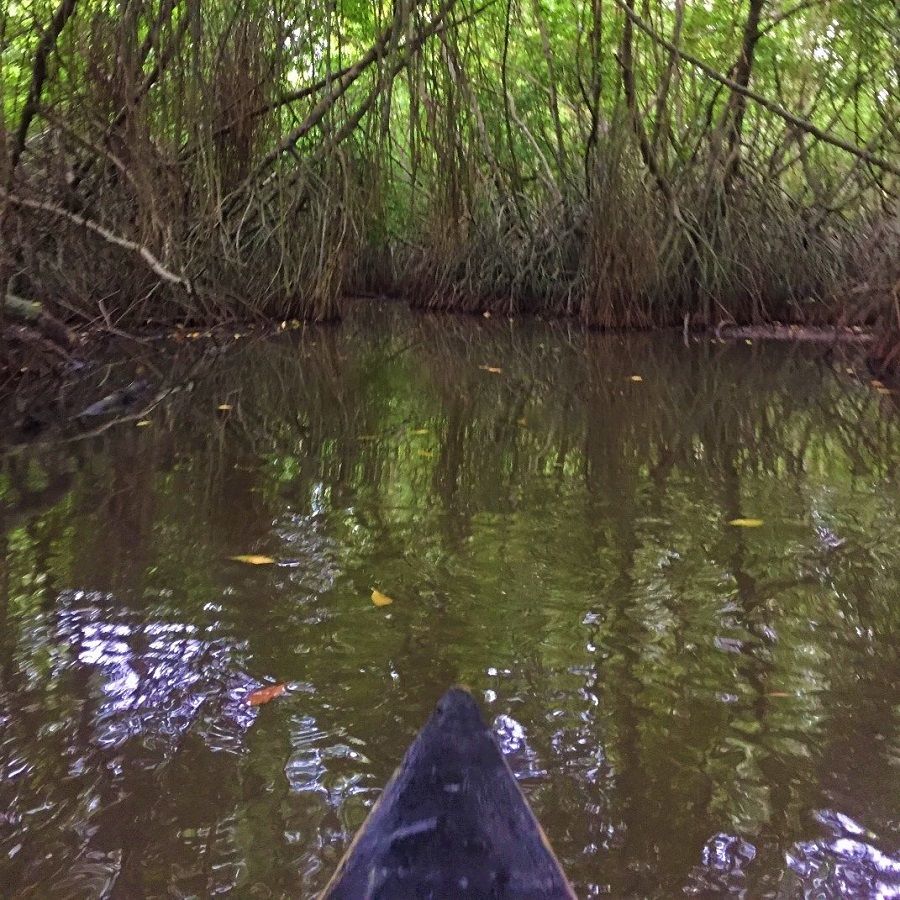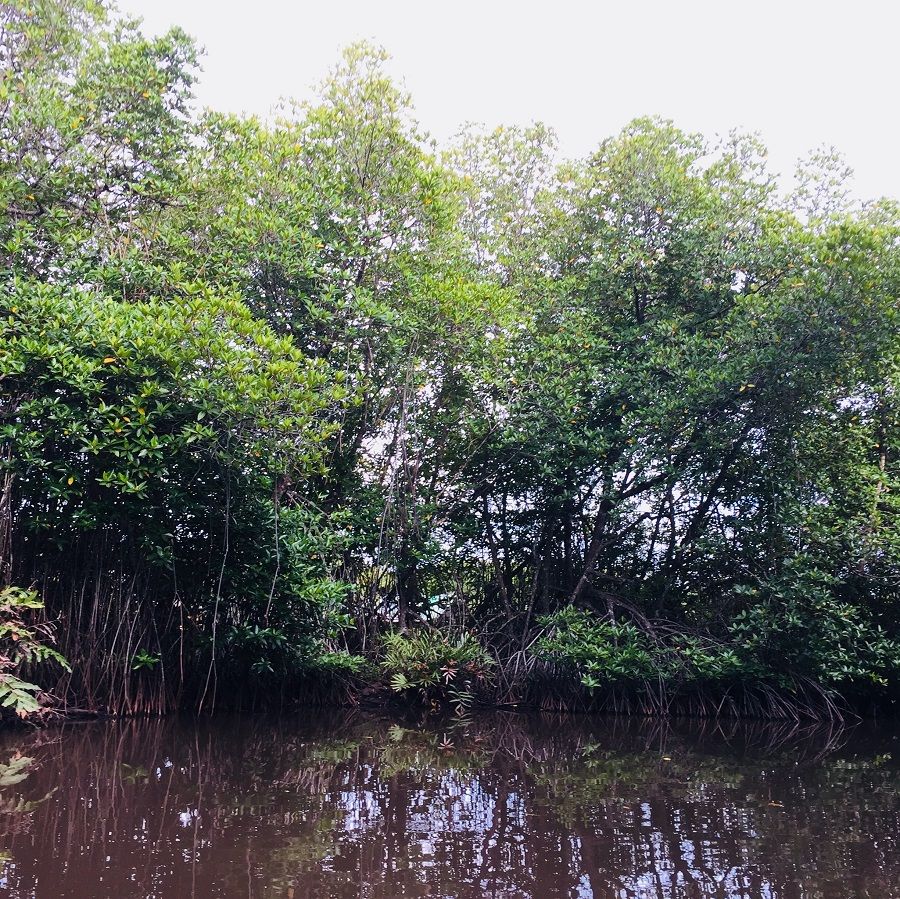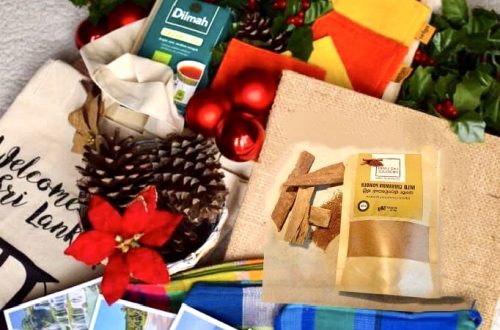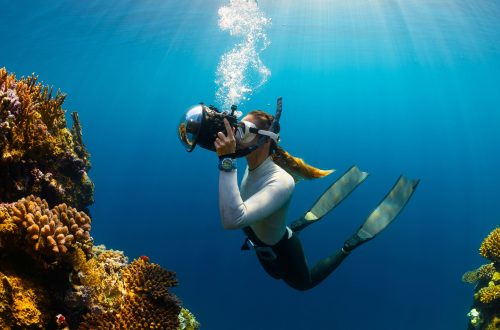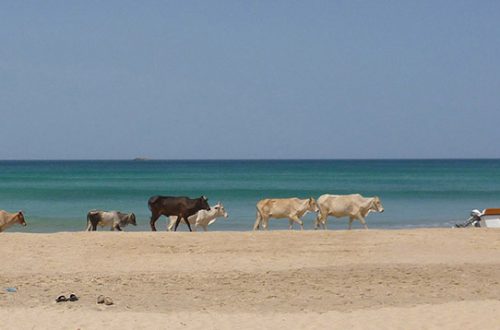Unawatuna is a beach town in the South Coast of Sri Lanka. It is very popular among tourists as well as locals for its beautiful palm-lined beach. It also offers a safe part of the coast to swim and enjoy the mesmerizing coral reef. Filled with many trendy restaurants and accommodations of all sorts, Unawatuna hosts a friendly and festive atmosphere. However, the beach is not the only best part about this town. The location, snuggled in the jungle surrounding the town, offers many other activities and amazing places to discover.
Tuk tuk trips…
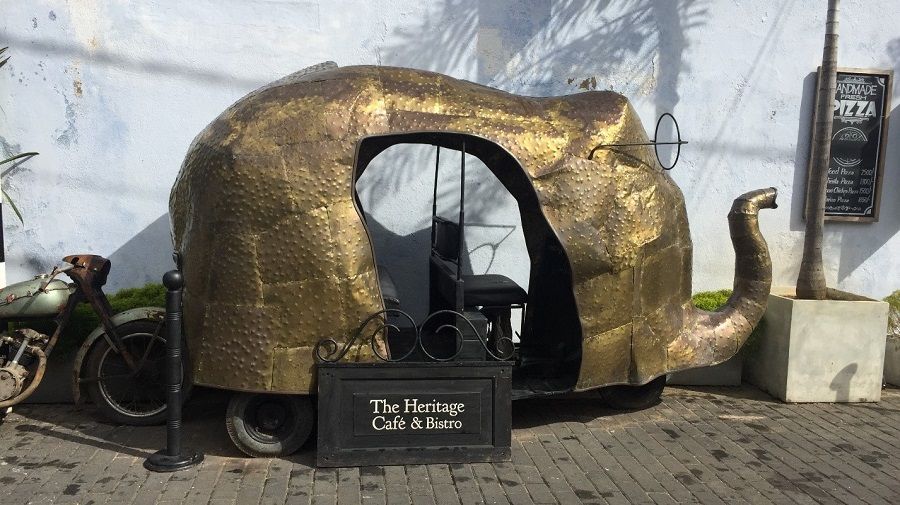
Towards the North, you can find the lovely old Galle Fort. The Portuguese built it, whereas the Dutch expanded it in the 17th century. century. The fort is famous for offering a hodgepodge of boutique stores and dining options. On the other hand, for design lovers, astonishing architecture will surround them throughout the little winding streets.
Whereas, towards the South of the bay, you can discover the Japanese Peace Pagoda. Its stupa is located on top of the Rumassala Hill with an ocean view surrounding. Although, you should know it is a little bit of a tuk tuk drive away from Unawatuna. However, this is a must-see spot to admire the beauty of the ocean between Galle and Unawatuna. A little tip? Make sure to visit the place on an evening. The breath-taking sunset will not disappoint you! It paints the open sky, kissing the ocean far ahead, with hypnotic and vibrant colours.

You can combine this visit along with a stop to enjoy the veiled Jungle Beach, concealed in between tick jungle. The best part about this beach is definitely the surroundings! Why? No concrete whatsoever… Only the greenery of the jungle, the gold of the sand and the blue of the ocean…
Coming back to why Unawatuna is not only about the beach… This place offers many interesting activities available towards the inland of the town. You can discover a different aspect of this beach town and even get closer to the local community. In fact, as a local myself, but living in Sri Lanka only from a couple of years, I had the opportunity to discover many new fascinating facets of my people.
Cycling tour…
First off, going on a cycling tour around the surrounding villages is a unique experience! It will take you on an unforgettable journey that will stir all of your 5 senses. In fact, me and my colleague carried out an amazing ride, through which we met many villagers and discovered their unique ways of livelihood.
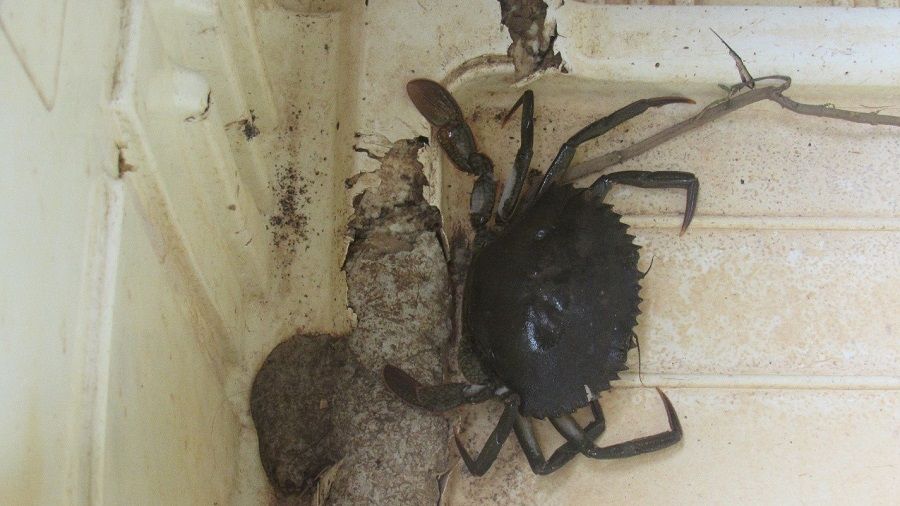
Soon, we left the chaotic and loud streets, and immersed ourselves in a peaceful and quiet environment. We were dragged away from the festive vibe to a more relaxed neighborhood. All of a sudden, beautiful paddy fields, lush vegetation and the beautiful smiles of the locals were surrounding us . Our first stop was at an old lady’s house, a tsunami widow living with her son, who catches lagoon crabs for a living. Her big smile was warm and welcoming like the majority of the locals. She showed us the catch of the day, with great joy and pride. To our surprise, the lagoon crab was much bigger than what we expected to see.
Next stop was a coir mill. Coir is the fiber extracted by coconut shells to make ropes. The process is time consuming and requires very hard labour, and yet the compensation for the workers are just enough to scrape the daily meals. First, the coconut shells are soaked in a large natural water “pool” for many days. A man, whose job is to be in this water from morning to evening, selects the coconut shells and passes them along to the people working with the machinery. This machine will grate the shells and divide them according to their size and strength. The grinned fibers are then well dried through another machine and finally transferred to the factory.
These fibers are finally compiled together to obtain different types of ropes. The craziest sight of this was definitely to see the man in the water. Our curiosity about their lives prevailed, and we discretely inquired about their wages and holidays to get an idea of their daily lives. They told us that the workers usually get around Rs. 300-400 per day. However, the man in the water gets a higher wage, apparently Rs. 500-600. Holidays? Well, apparently the factory closes only on Poya days. What about Sundays you may wonder, as we did as well… Well Poya days is the Sunday of the entire month.
We then went to a small fruit stall by the side of the road for a small break. We had a refreshing king coconut to drink, and of course a mini-banana and a sweet mango to complete our healthy snack.
Finally, we proceeded to our last stop of the cycling tour, a hand-loom weaving factory. They explained us the entire process, from the washing of the threads, the inking, the drying, the separating of them to the manufacturing of different cloths from these beautiful clothes with very vivid colours.
Canoeing tour…
Although the cycling tour came to an end, we had one final adventure. How could we not go on a canoeing excursion, after seeing this immense lagoon all around us? We definitely felt like being in a real Indiana Jones movie! The experts of the area took us through these giant mangrove trees, when we could not even see they way, we just kept canoeing through the branches. It was simply calming to get lost through these spectacular trees, to the sound of the birds and the splash of water of fish jumping here and there. This was indeed the cherry on top of the cake!
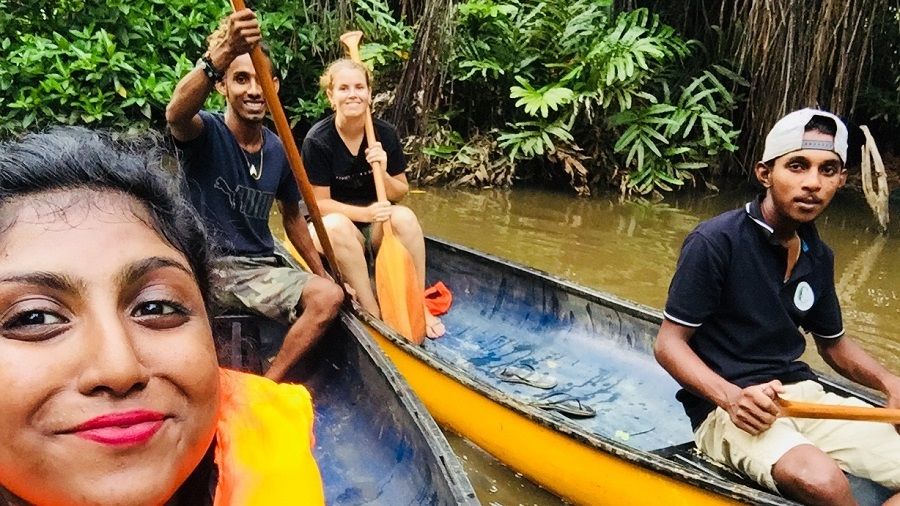
Unawatuna unseen
As I mentioned earlier, Unawatuna is much more that just a beautiful beach town. It is also an ideal place to finally immerse in nature and have a taste of authentic local life. The perfect getaway from the daily life work stress with sounds of vehicles and chaos, to the sound of the rumbling waves of the Indian ocean on one side, and the sound of nature in the lush wilderness on the other.
And if you want to discover all this for yourself, mingle with the locals and experience a different facet of the beach side, know that we offer many customizable tours including many beach & relaxation trip ideas.

